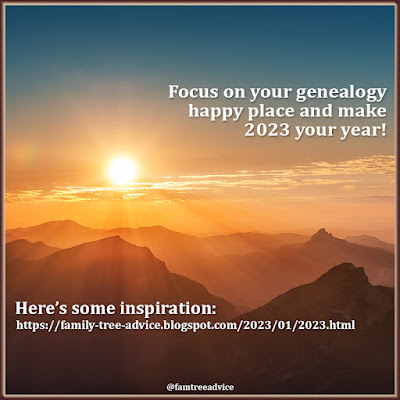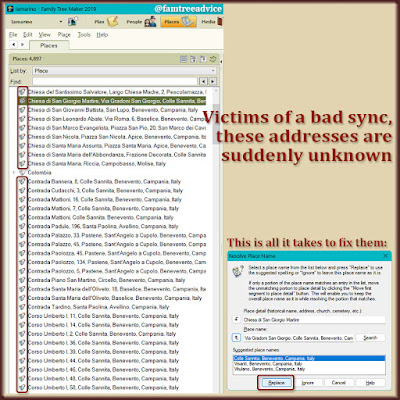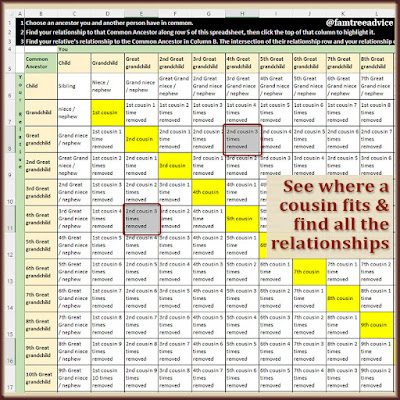I never cared about Ancestry hints. That why I have them turned off when I'm working on my tree in Family Tree Maker. But last year I helped out another genealogist by adding to a few research trees she had on Ancestry. That's when I saw the value of hints.
They're a real time-saver! Say you're piecing together the life of someone you don't know. If they have a bunch of documents in their hints, that's where I'd want to look first.
But you never want to accept hints blindly and add them to your family tree. Think of them as nothing more than a possible match. They could be wrong, you know. Each one is there for you to check out.
It's your job to examine each hint and figure out if it matches your family.
A Well-Timed Hint
I grew up with about ten 1st and 2nd cousins on my mom's side of the family. One of these cousins recently asked for access to my online Ancestry tree. I warned her that:
- My tree is freakishly big because I'm connecting entire Italian towns. See How Do You Define Your Ultimate Genealogy Goal?
- I had absolutely nothing on her father Larry's family.
Larry died shortly after my 1st child was born in 1989. It came as a shock to me, and a terrible loss. In recent years I've tried to learn about his family, but I never had enough details to get anywhere.
When I viewed my tree online to see what my cousin was about to see, I found something new. There were a couple of green Potential Father and Potential Mother hints for Larry. In fact, there were 9 hints for him. The first was the 1950 census I'd been unable to find on my own.
 |
| Sometimes I laugh at potential parent suggestions. But this time, the hints were pure gold. |
Now that I had confirmation for a handful of Larry's facts, I started looking into his father. I soon found an unsourced family tree that had several generations of Larry's family. But was this information right?
Is This Hint Any Good?
Larry's grandparents came from Italy. That meant I could verify those unsourced names and dates. I used the online Italian vital records website, Antenati, and searched the right town.
I confirmed and added to the family's names and dates. I got the correct spelling for the family name. (See Look Past the Misspellings to Find Your Ancestors.) Plus I found many more names and dates specific to Larry's paternal line. I wouldn't have trusted any of these names or facts from a hint or a tree without seeing the documents for myself.
How to Harvest a Hint
After many years of ignoring hints, I'm now open to exploring them. When you have a lack of information, as I did for Larry's family, the right hints can push you onto the right path. But you must confirm that it's the right path by doing the research for yourself.
When you look at a hint:
- Make sure it doesn't contradict something you know for sure. Is the person born in a state or country that's impossible for your person? Are they the wrong age by a long-shot?
- Examine all the documents and see if any don't fit with the others. The one hint that referred to Larry as a lawyer was absolutely not my cousin. I know what he did for a living. Take a look at 3 Ways to Tell If That Hint is No Good.
- See which documents your favorite website offers you for this person. This gives you more data points to compare. Some documents may not fit in, especially when compared to those that do.
Documents are critical. ("Pics or it didn't happen!") You need to see and verify the facts for yourself. That's why you must fully research hints that come from unsourced family trees.
It's up to you to confirm whether a hint is putting you on the right path. And if it is, the race is on!
My cousin was hoping to tie a particular last name to her family. When I found her grandparents' NYC marriage certificate, I had the answer. The bride's mother had the last name we were looking for.
That's a perfect example of a fact I wouldn't believe or accept without seeing the document for myself.
I hope you find hints that set you on the right research path. Just remember, they may be way off base.








